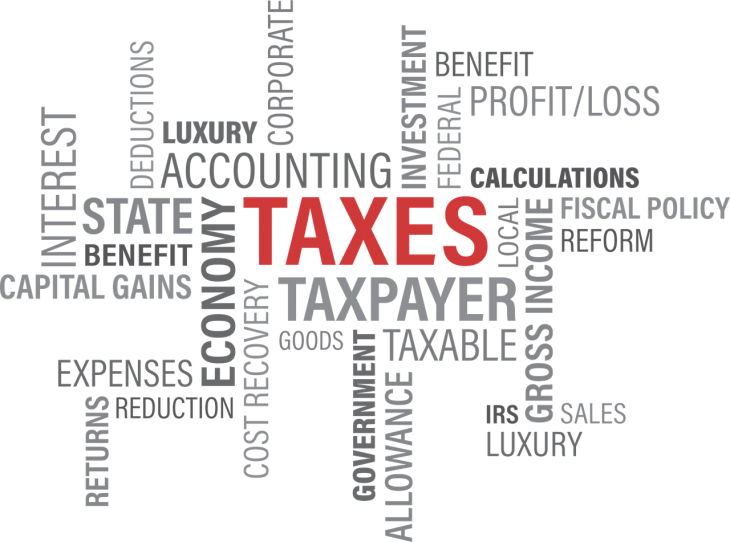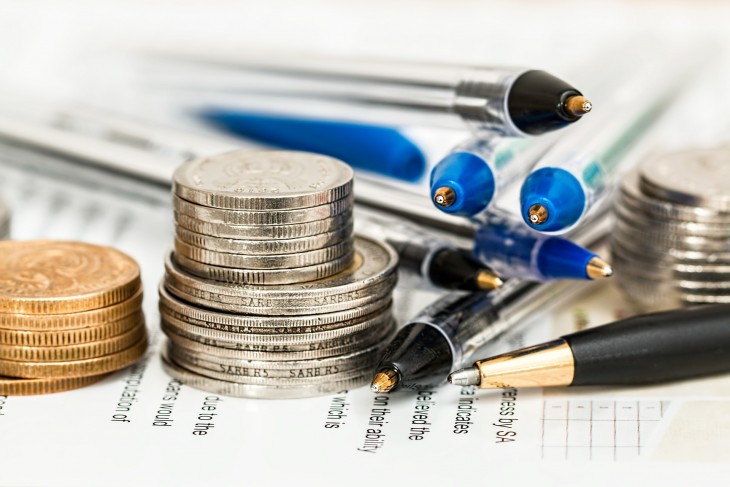The Construction Industry Scheme (CIS) requires contractors to deduct money from payments made to self-employed subcontractors and pass this on to HMRC. The amount taken off is referred to as a CIS deduction – it works as an advance payment on the subcontractor’s tax and National Insurance (NI) contributions.
If you’re a contractor, you must register for the scheme. As a subcontractor, you’re not required to register for the scheme but doing so will reduce your CIS deductions (more on this in the section below).
Over the course of this guide, we’ll cover everything you need to know about CIS and CIS deductions. Starting by explaining who the Scheme applies to, this post goes on to explain how much the deductions should be, how to register, and how to submit returns as a contractor.
Who does the Construction Industry Scheme apply to?
CIS applies to all construction contractors who pay subcontractors; it also applies to self-employed subcontractors working in construction and receiving payments from a contractor. If you are employed by a contractor and are subject to PAYE, then CIS deductions do not apply to you.
Most types of construction work are covered by the Scheme. If you’re working on a building, structure, or civil engineering project, then CIS applies.
The type of work involved could be:
- Building work
- Decorating, alterations, and repairs
- Preparing the site
- Cleaning the inside of buildings after construction work
- Demolition and dismantling
- Installation of heating, lighting, power, water and ventilation systems
There are some notable exceptions to CIS. You are not subject to CIS deductions if your work involves:
- Architecture and surveying
- Scaffolding hire
- Carpet fitting
- Making construction materials
- Delivery of materials
- Secondary work on construction sites such as running site facilities
If you’re unsure whether the scheme applies to you or not, visit the Government’s page.
How much should CIS deductions be?
For subcontractors who are registered with CIS, the standard rate is 20% of the invoiced amount for work and travel expenses. The total invoiced amount excludes VAT paid and any expenses for materials or tool hire.
In cases where the subcontractor is not registered with CIS, the rate increases to 30% of the invoiced amount (still excluding VAT and materials or tools expenses).
As a subcontractor working in construction, you can claim some expenses back when you fill in your Self-Assessment tax return – take a look at our CIS returns service to find out more.
Registering for the Construction Industry Scheme
Contractors that pay subcontractors must be registered for CIS, but we would also recommend that subcontractors register so that they are subject to the reduced deduction rate of 20% rather than 30%.
To register for CIS as a sole trader, head over to the Government’s portal. The following details will be required to complete the registration process:
- Your legal business name or trading name
- Your National Insurance Number
- The unique taxpayer reference number (UTR) for your business or sole trading entity
- Your VAT registration number (if you’re VAT registered).
If you’re registering as a company, you’ll need to use the online CIS305 form. To register as a partnership, use the CIS304 form.
Gross payment status
As a subcontractor, you can avoid having CIS deductions taken by applying for gross payment status when you register for CIS. To qualify for this, you must show that:
- You’ve paid your tax and National Insurance on time before
- You work in construction in the UK
- You take payments through a bank account
- Your turnover is more than £30,000 (excluding VAT and materials).
If all of these conditions apply to you, then you can apply for gross payment status during the registration process (visit the gov.uk page for more information).
Making CIS deductions
Before making a CIS deduction as a contractor, you need to go through the verification process:
- Contact HMRC with the details of the subcontractor.
- HMRC will check whether the subcontractor is registered.
- You will be contacted with the correct CIS deduction rate to apply.
In some cases, HMRC may contact you to advise you that no deduction is required. However, if a deduction is required:
- First, calculate the total amount by subtracting VAT paid and materials or tools costs from the amount the subcontractor has invoiced. Apply the rate of CIS deduction that HMRC has advised (either 20% or 30%).
- Make the deductions and send the deducted amount to HMRC.
- Record details of the payment, material costs, and deduction amount.
- Send the remaining payment to the subcontractor.
- Complete a statement of deduction.
The CIS deduction statement should be sent to the subcontractor within 14 days of the end of each tax month.
Submitting returns as a contractor
As well as providing CIS deduction statements to their subcontractors, contractors must also submit their monthly CIS return within 14 days of the end of each tax month (this means the return must be submitted no later than the 19th of each month). For example, if you are making a return for the tax month from 6th April to 5th May, the deadline for this will be the 19th of May.
To do this, you’ll need the following:
- An email address
- Your Employer Reference Number (ERN)
- Your 13-digit Accounts Office reference number
When you’ve got these details together, visit the Construction Industry Scheme (CIS) online service to submit your returns.
This guide has explained the Construction Industry Scheme and CIS deductions. If you’re a contractor, we offer a comprehensive CIS returns service and can support you with everything from verifying subcontractors to deduction statements and CIS returns – don’t hesitate to get in touch.











Recent Comments